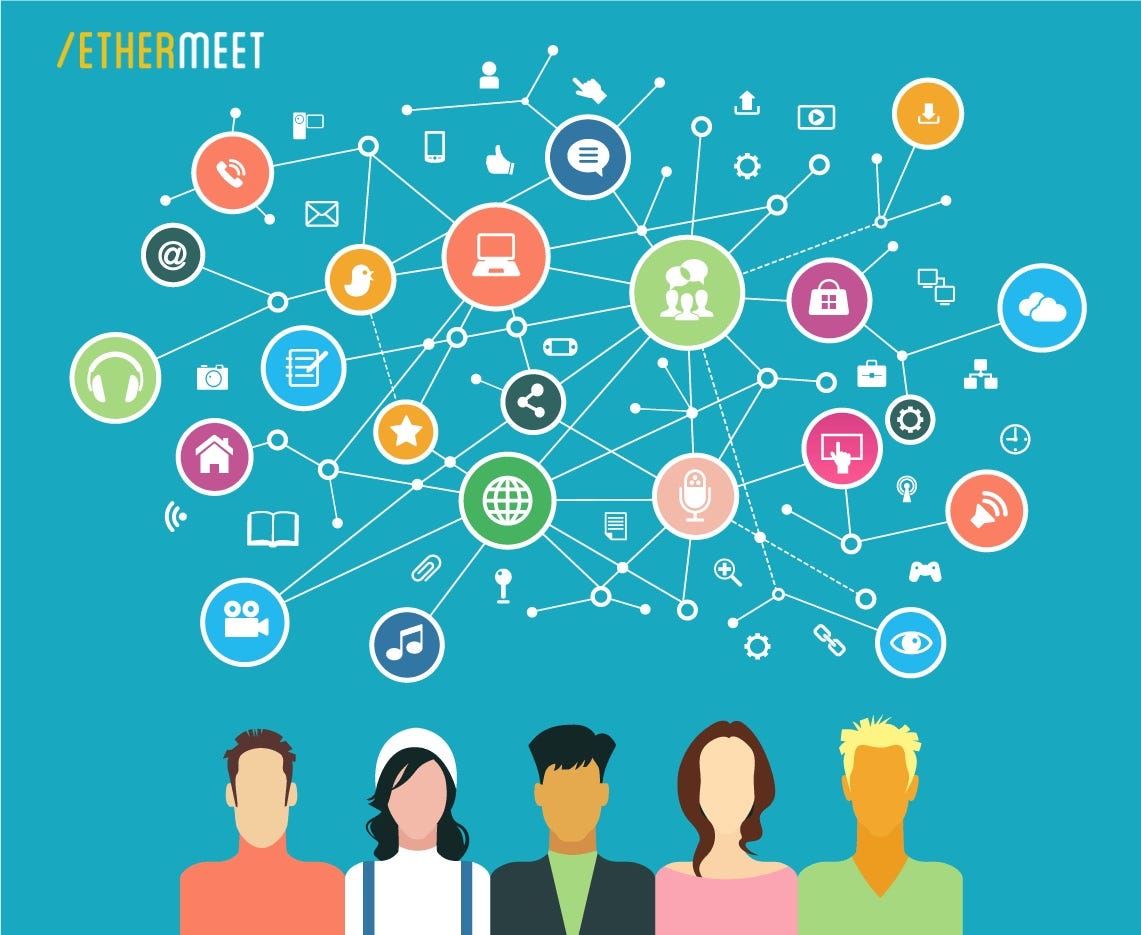EtherMeet ChannelMinds™ enable contextual processing of ephemeral video/voice conversations in Slack Channels to extract meaningful insights.
Have you ever had an experience that you had to join a 1.5 hour call to give a 5 minute update, or so that you won’t miss on a 10 minute discussion on the one topic you care about?
Have you ever missed a completely important discussion from your team because you were on a plane or just out sick?
Is your default playback speed for Zoom recordings at 1.5 or more, to get through the unimportant stuff quickly?
Or as one of my investor friends remarked recently, are you looking for a way not have to wake up a colleague at midnight so that you can work through an important update?
These and many more such examples simply address an important and palpable pain point for teams distributed not only across distance but also time!
So when we set out to build EtherMeet, it dawned on us that ‘Context is King” when it comes to business communications. If we need to filter through the plethora of messages, videos, voice calls, etc and get to the parts that are meaningful and relevant, we need to know the context of the communications and be able to use that effectively.
EtherMeet is an AI-enabled video conferencing service for teams on Slack. It is the most powerful conversational intelligence engine for teams that are distributed and need to use video and voice to communicate regularly. When you install EtherMeet as a Slack app for your workspace, here are the few innovations that you get out of the box with EtherMeet (in addition to the usual multi-party video & screen sharing, with the ability to connect to many Group Video systems as well):
- Tag Call Parts — Topics, Actions, Decisions in a live call, or post-call. In a live call, or post-call. You can also create a “Note to self” that is visible only to you. So you can go back and watch or dive deeper into that one portion of the call, or catch up on something important & specific from a call you missed. Ether will constantly listen to recommend these as well (suggested markers).
- Automatic Summary for the call: When the call is finished, Ether will (in a matter of seconds), analyze your entire call, extract a summary, and share it within the Slack Channel. You can then click on any of the ‘important moment’ to dive in and respond.
- Automatic Chapter Markers: As the call proceeds Ether will analyze your call, extract the important key phrases, and mark them in the timeline, so in an hours’ call, you can quickly skim through the chapters and dive into specific one you’re interested in.
- Ether TimeLine™: When you open EtherMeet, you will see a collapsible TimeLine on your left that will give a full view of the call summaries and markers along with the full transcripts should you choose to dig deeper.
- Your own Netflix: Open EtherMeet, and you will see a list of all your meetings (or ones you missed but have access to) — catch up on that important update from your CEO, or the incident review from the weekend, or a design review for your upcoming project. Of course, all of these will give you the timeline with summaries so that you can quickly get to the portions that you are interested in.
- Smart Search & Alerts: In the coming weeks EtherMeet will allow you to search semantically and better still get alerted by our AI on an important topic or discussion.
At the heart of these groundbreaking innovations that shift team collaboration to the next dimension are two key technologies that Ether’s team has pioneered: Channel Minds™ & Ether Graph™.
Channel Minds™
Here we will focus on Channel Minds and come back Ether Graph another time. When EtherMeet is invited to a channel, Ether will gently prod you to attach a domain or focus to the channel (e.g., Sales, Software Engineering, Finance, HR etc). These are highly optimized contexts with training from millions of documents that present the first level of context for the channel.
Attaching an EtherMeet Channel Mind to a Slack Channel
Your Slack channel now has a mind and is alive!
When a call is finished, Ether will analyze the call in near real-time and within a few seconds, boomerang the summary back into the channel.
Here’s a high-level view of how Channel Minds work:
- Ether’s global models (Domain Minds) train continuously from a public corpus
- Trained models form our global templates — “Domain Minds” (Software, Product, Marketing, Finance, etc)
- Specific instances of these “Domain Minds” are anchored to each Slack Channel
- Channel or Room specific minds then learn from team behavior/data (what’s said, and what’s typed or shared in the room/channel) which remain local and private
- These Minds provide the context to rank the conversations in a meeting, help derive key phrases from the conversational segments for summaries, alerts, or for search relevance
Let’s take a look at a real-world example of Channel Minds in action.
Here’s an example call that talks about a variety of topics ranging from Software, HR & Marketing.
Given the myriad of subjects in this, how does one determine what’s important and what’s not. This is where the context of Ether’s Channel minds work the magic. In the Software Engineering channel, the segments or portions of the call that discuss AWS, Docker, Git, and Database are recognized as more important compared to the others and are more useful for the team that’s working on Software. Similarly, the mind of the HR channel automatically prioritizes discussion on employee benefits, performance etc, and something similar for the marketing channel.
Call & summary in Software channel
Call & summary in HR channel
Call & summary in Marketing channel
So how do we do this?
We train Language Models (one per domain — state-of-the-art transformer-based architectures — BERT, GPT, ERNIE, fine-tuned on various learning tasks) based on public data related to the domain, and score the data based on frequency, recency, etc. For summarization, the domain Language model as feature extractor and compares the discussions against the domain topics and gleans the most relevant information from the call. When the call ends, the conversational segments are scored according to their relevance to the associated mind — weighing the scores between overall purpose and current priorities (recency relevance). The conversation scoring algorithm is a fine-tuned language model that is optimized to capture the semantic relatedness between the conversations and ChannelMinds — STS Benchmark. Collective user feedback on the call summaries is used to bias the model towards the feedback.


